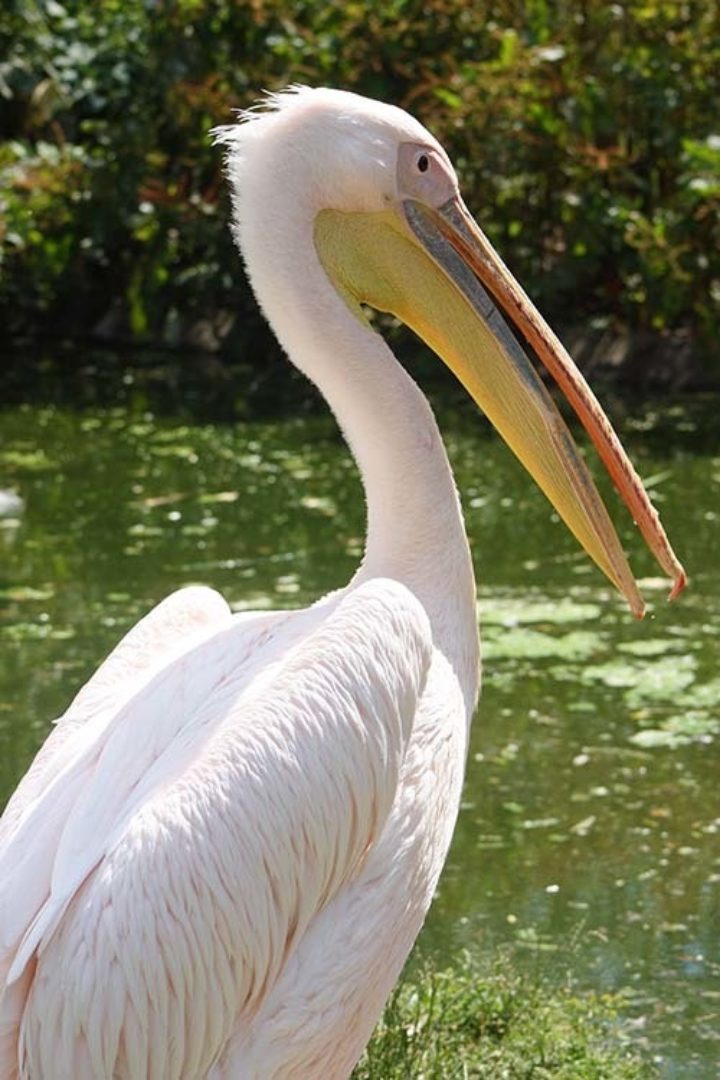December 2012: Animalia Paradoxa
Published on 3rd December 2012
Linnaeus’s Animalia Paradoxa
In Linnaeus’s book Systema Naturae (1735) in which he categorises and names all the animal life known at that time, he includes a section called Animalia Paradoxa. This section listed animals of a more magical nature that people had seen in medieval books, things like the dragon and the phoenix. Linnaeus possibly included them to provide a more natural explanation for each creature.
Hydra
A hydra is a mythical animal—a large, wingless, snake-like dragon with many heads. In Greek mythology, the hydra is the guardian of the Underworld. Linnaeus writes in his description “Natura sibi semper similis plura capita in uno corpore nunquam produxit naturaliter” or that “nature does not naturally produce several heads in one body”. We now know that this creature does not exist, but in 1735 Linnaeus went to study the remains of what was supposed to be a Hydra in Hamburg—the specimen was a fraud and turned out to be made from bits of wild stoat (a short-tailed weasel) combined with snake skins.
Unicorn/Narwhal (Monocerus or Monodon)

Linnaeus included the Monocerus in this section due to it being in many medieval (circa 11th century onwards) animal bestiaries – illustrated books about different animals that were thought to live in the world at that time. These included things like the unicorn and the hydra, which we now know don’t exist. Linnaeus listed theMonocerus as having a long, straight, spiral horn (cornu frontis recto, longo, spiraliter intorto) and a horse’s body—a unicorn. While this creature did not really exist, it is possible that the long spiral horns written about in medieval books belonged to the narwhal, a type of whale belonging to the Monodontidae family. The male narwhals have a long, straight, spiral tusk—Monodon means ‘one tooth’. So Linnaeus was right to include the unicorn here, but we now know that the narwhal is a real animal.

Pelicans (Pelicanus)
Linnaeus included Pelicans in his Animalia Paradoxa due to the fact that he had heard reports that they fed their young by stabbing their thighs with their beaks and allowing the babies to drink blood from the wound. Of course, to us this seems bizarre, as we know the pelican does not do this. Upon reading and hearing descriptions of this strange activity, Linnaeus believed it to be the result of world travellers with overactive imaginations! But he had not seen one himself, and could not find a place for a bird of this description within his established categories.
